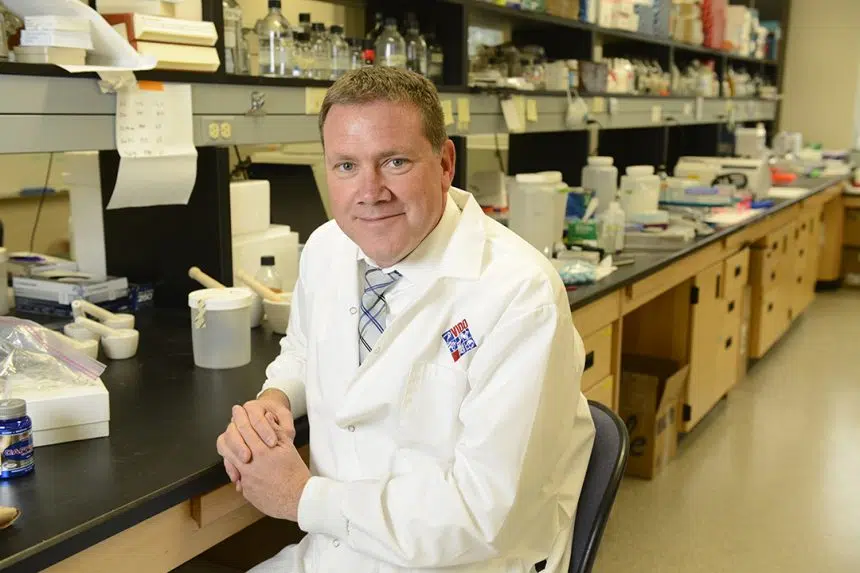Dozens of ferrets and hamsters at Saskatoon’s Vaccine and Infectious Disease Organization- International Vaccine Centre (VIDO-InterVac), will soon show scientists whether they have developed immunity to the COVID-19 virus.
The centre’s Director and CEO Dr. Volker Gerdts, says they were able to isolate the virus, develop and produce a lab vaccine back in January.
Since then, the ferrets and hamsters have been immunized twice.
“Now, we’re allowing the immune system to develop an immune response,” he explains. “In a few weeks we will infect these ferrets with the virus, and then we will see whether the vaccine works or not.”
Gerdts says ferrets were chosen because of their susceptibility to the disease, and because they have receptors for the virus in their bodies that are the most similar to the receptors found in humans.
“So, they’re a good model to validate a vaccine, but also potential other methods, like anti-virals and therapeutics.”
The ferrets won’t outwardly show many signs of infection, so nasal secretions will be collected from them with swabs.
One of the indicators of the vaccine’s effectiveness will then be to determine transmission rates and how much of the virus is being shed from one animal to another.
At the end of the experiment, they will euthanize the ferrets to see whether any lesions have occurred in the lungs. If there are few or no infections and lesions, they will know the vaccine works.
At this point, Gerdts is hoping for an effectiveness rate of 80 per cent and above, but the question will remain whether it will be the same in humans.
He is optimistic.
“It’s just a different species to see how well the vaccine works. With this particular one, I would assume that even in humans it’s going to be very effective.”
Another consideration is safety. How safe will the vaccine be if it’s approved for human trials? Right now, scientists are in the ‘proof of concept stage,’ where they must show effectiveness in more than one type of animal.
After that, safety studies will be conducted throughout the summer. This stage is imperative, emphasizes Gerdts.
“You don’t want to take any shortcuts. You don’t want to inject something that, you know, later on proves that it wasn’t safe. That is the work that is cut out for us for the next four or five months.”
By this fall, he expects phase one clinical human trials to begin. Trials could take place at Dalhousie University in Halifax, Vancouver, B.C., and yes, in Saskatoon.
If everything goes well; the vaccine is effective in animals, it’s found safe for humans and it has proven effective in clinical trials, it’s not likely- at this point- that it will initially be produced in Saskatoon.
“We’re working with companies- international as well as Canadian companies on identifying the fastest way forward. That’s the most important thing right now, to get this done as quickly as possible.”
The Saskatoon facility is currently under construction and could produce a COVID-19 vaccine later in 2021.
What Gerdts is hoping, is that the local facility can be used to produce vaccines in anticipation of future epidemics and pandemics. They keep occurring, and the human and economic consequences are devastating.
Gerdts is adamant that they need to really think about how vaccines are developed. The idea in the future is to have a vaccine ready and stockpiled before an outbreak happens. When it does, it can be quickly distributed.
“In Wuhan, if we had a vaccine ready, we could have put it on an airplane- a few hundred thousand doses over there, and they could have used it to contain the disease. I think that’s the future for the development of vaccines.”











